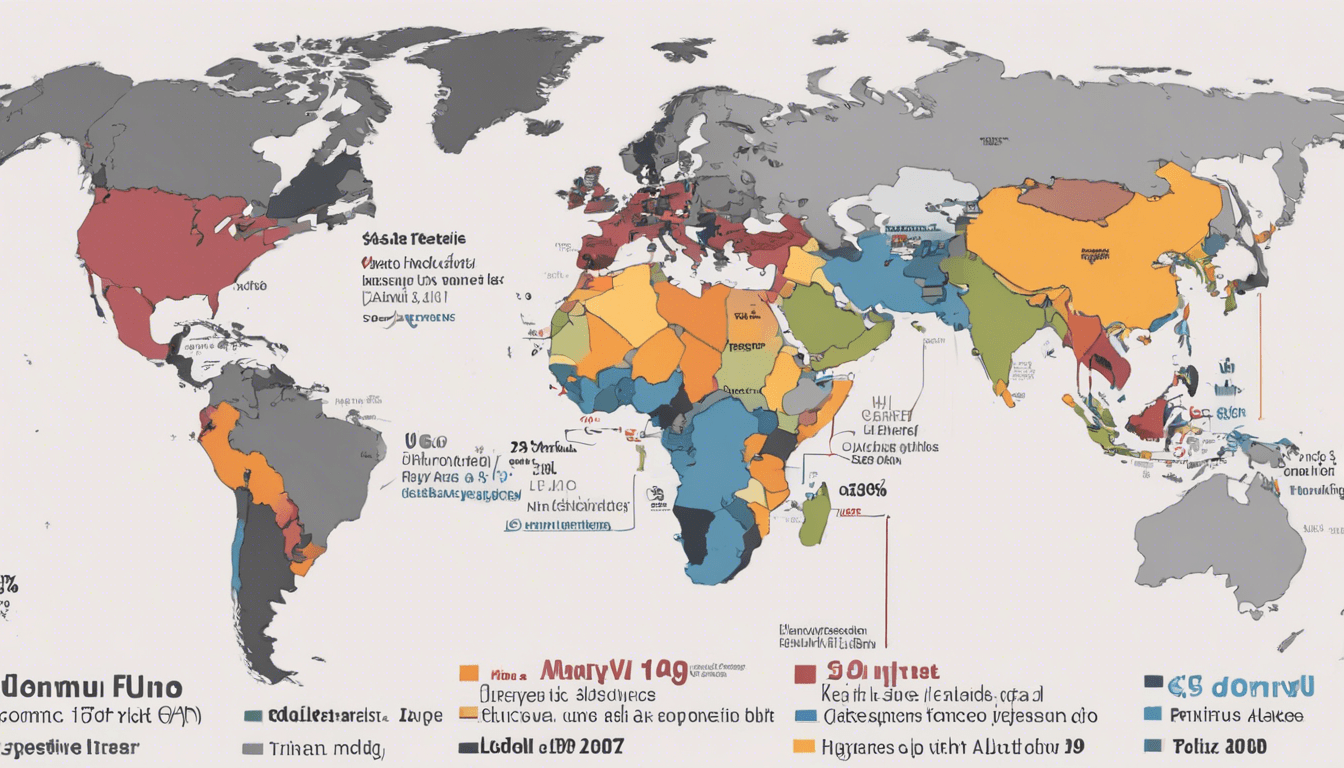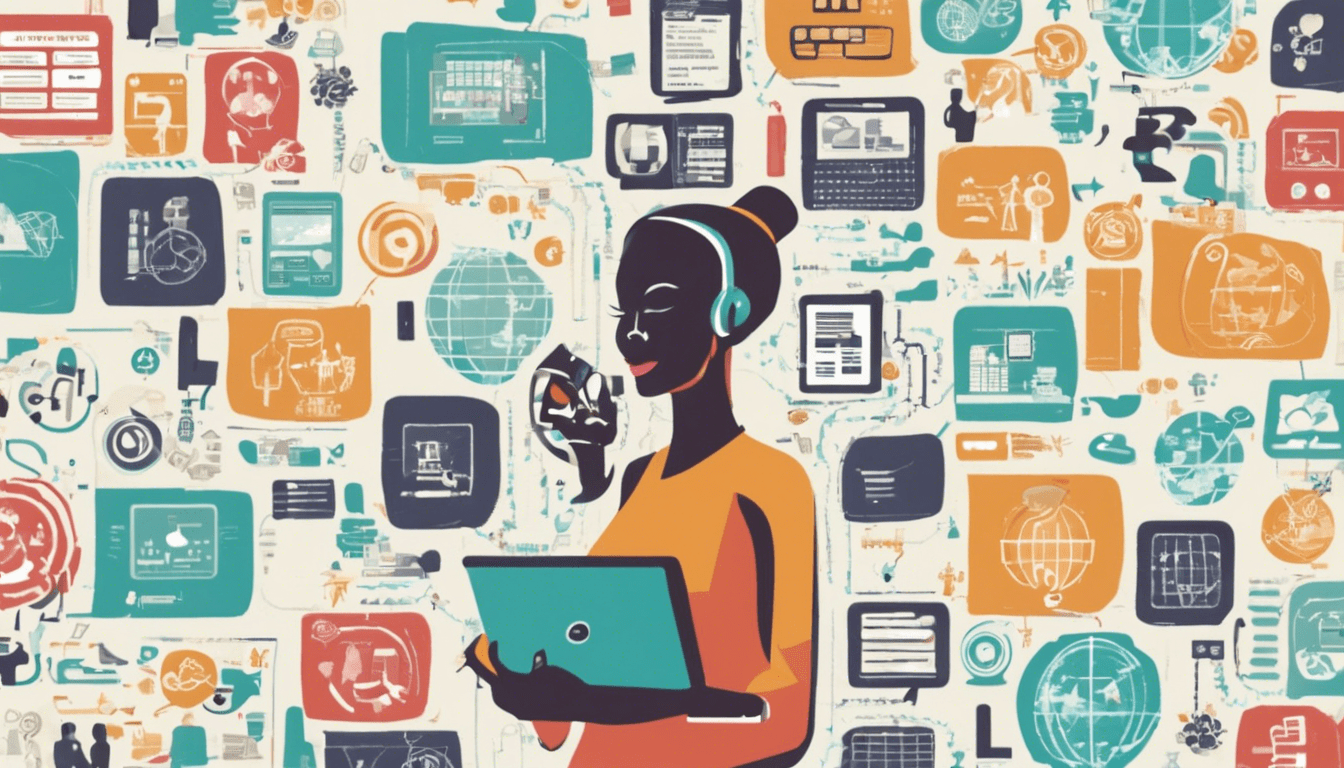2025 Human Capital Mistakes to Avoid Now
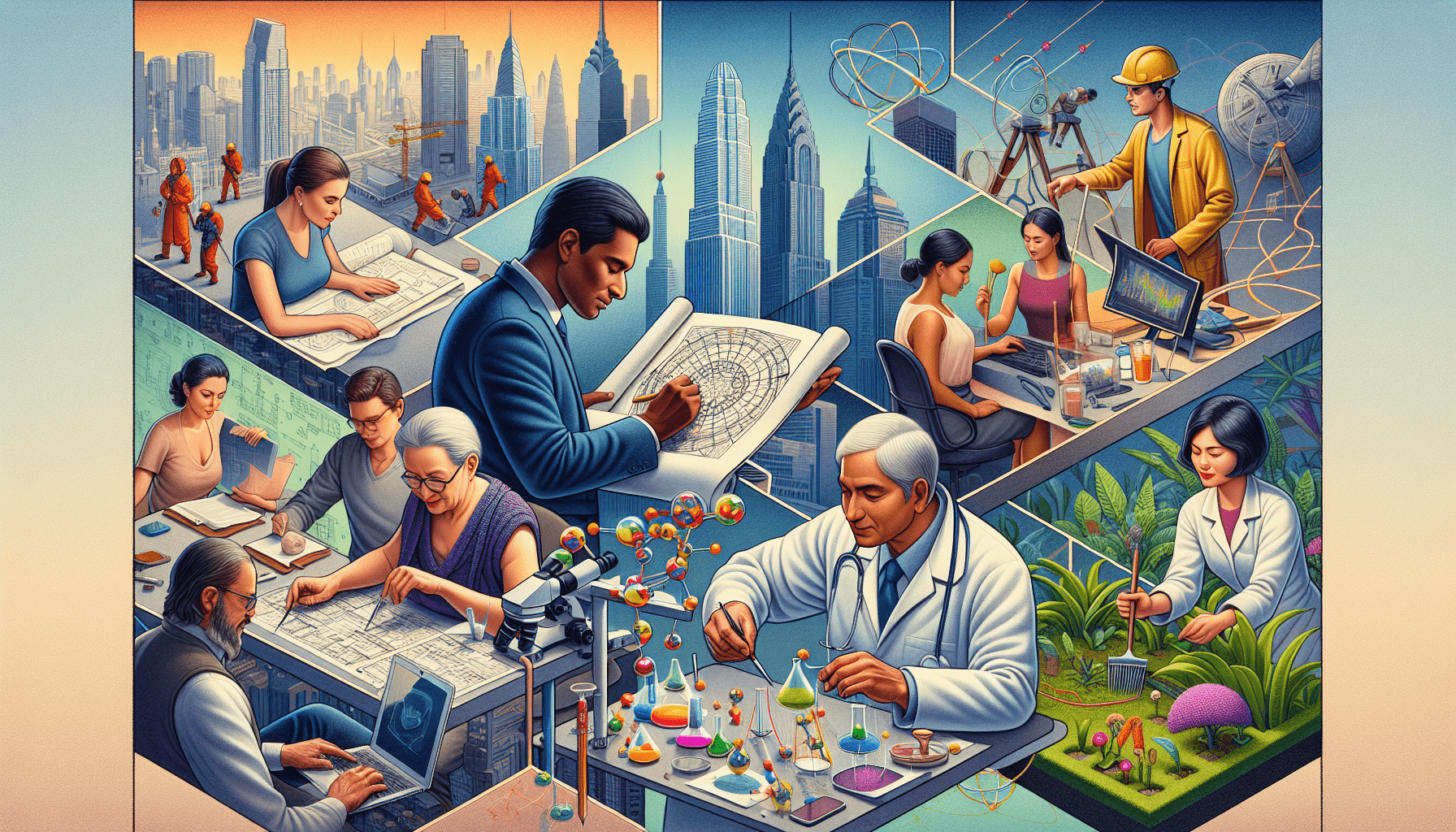
Why Should You Care About 2025 Human Capital Mistakes?
“By 2025, 55% of companies will lose top talent due to outdated human capital strategies.”
As we edge closer to 2025, it’s becoming increasingly clear that the workforce landscape is undergoing a seismic shift. Traditional approaches to talent management, recruitment, and retention are rapidly becoming obsolete, and organizations that fail to adapt risk significant repercussions.
The ability to attract and nurture top talent is no longer just a competitive advantage but a critical component for survival in an ever-evolving business environment. Human capital—the collective value of your workforce’s skills, creativity, and expertise—is the lifeblood of modern organizations.
Yet, as workplaces evolve with AI, remote work, and shifting employee expectations, leaders risk catastrophic missteps if they cling to legacy practices. This article unpacks the 2025 human capital mistakes to avoid now, offering data-driven solutions to secure a competitive advantage.
The Rising Stakes of Human Capital in 2025

As we approach 2025, the landscape of human capital is transforming at an unprecedented pace, driven by the relentless advance of artificial intelligence (AI) and the normalization of remote work. The stakes for organizations to adapt their talent management strategies have never been higher.
Companies that ignore AI personalization in HR may struggle to hire and keep top talent, as today’s workers expect personalized experiences that match their goals and needs.
Leaders should use AI insights to design personalized employee experiences, building a culture of innovation and adaptability during rapid change.
The way we work has changed forever in the post-pandemic world. A 2023 Gartner report shows that 64% of employees value flexibility more than salary, while McKinsey highlights that 87% of companies struggle with skill gaps that threaten growth. Overlooking these shifts isn’t just risky—it could be disastrous.
Keyword-Driven Subheadings:
- Mistake #1: Neglecting Hybrid Workforce Dynamics
- The Problem: The hybrid work model is a key part of the modern workplace. Companies that don’t adapt risk falling behind. Employees want the flexibility to work from different locations and appreciate the balance it offers.
- Organizations that overlook hybrid workforce trends risk losing talent and facing challenges in attracting skilled professionals who value flexibility as much as, or more than, financial rewards. 42% of remote workers feel excluded from decision-making (Harvard Business Review).
- The Solution: Companies that use AI tools to connect remote and in-office teams. These tools improve communication, making sure everyone feels involved in decisions.
- This fosters a sense of belonging among remote workers but also enhances collaboration and productivity across the entire workforce.
- AI tools can study personal preferences and work habits to provide tailored updates and alerts, ensuring employees feel recognized and appreciated. Utilize AI-powered collaboration platforms like Microsoft Viva and adopt flexible work policies.
- Case Study: A mid-sized tech company used an AI platform to improve internal communications. The system learned employee preferences and customized message delivery for better results.
- As a result, the firm saw a notable increase in engagement and productivity, with employees reporting a greater sense of inclusion and recognition of their unique working styles.
- The AI system helped managers understand team dynamics and individual performance, leading to better leadership and support. Salesforce cut attrition by 30% by redesigning hybrid workflows based on employee feedback.
- Mistake #2: Overlooking Employee Mental Health
- The Data: Overlooking employees’ mental health can cause problems like lower productivity, more absences, and higher staff turnover. Companies focusing on mental health create a supportive workplace and gain a more motivated team.
- By implementing initiatives such as flexible work schedules, mental health days, and access to counseling services, organizations can demonstrate a commitment to their employees’ overall health, which can in turn boost morale and loyalty. Burnout costs the global economy $323 B annually (WHO).
- The Solution: AI-driven personalization provides a smart way to address this issue. With advanced algorithms, AI customizes wellness programs to meet individual needs, offering employees targeted and valuable support.
- The Solution: AI personalization offers a game-changing way to address this challenge. Using advanced algorithms and machine learning, AI can customize wellness programs to fit individual needs, providing employees with the most suitable and impactful support.
- Mistake #3: Failing to Invest in Upskilling
- Stat: Ignoring the need to invest in upskilling can leave a workforce stagnant and ill-prepared for the evolving demands of the modern workplace. As technology advances at an unprecedented pace, employees not given opportunities to learn and grow may find their skills obsolete.
- Companies that recognize the value of continuous learning not only future-proof their teams but also foster a culture of innovation and adaptability, leading to greater job satisfaction and retention. 74% of workers feel unprepared for future roles (LinkedIn 2023 Workplace Learning Report).
- Action: In light of these findings, organizations must invest in AI-driven personalization to tailor learning experiences to individual needs. By leveraging AI, companies can analyze vast amounts of data to understand each employee’s learning style, career aspirations, and knowledge gaps.
- This strategy improves the impact of professional development programs while showing dedication to employee growth, boosting morale and loyalty. Implement microlearning platforms like Coursera and link skill-building to career advancement opportunities.
- Mistake #4: Ignoring DEI (Diversity, Equity, Inclusion)
- Risk: Overlooking Diversity, Equity, and Inclusion (DEI) can harm workplace harmony and respect while limiting innovation and creativity. Companies that neglect DEI may face challenges in attracting and keeping top talent, as more people prioritize employers who embrace and reflect diversity.
- Moreover, neglecting DEI can lead to a narrow-minded corporate culture that is less adaptable and less able to connect with a broad customer base, ultimately impacting the bottom line. Companies with poor DEI see 19% lower innovation revenue (Boston Consulting Group).
- Strategy: Understanding the gravity of these implications, businesses are increasingly turning to AI personalization as a strategy to enhance their DEI efforts. By leveraging algorithms that learn from diverse data sets, companies can create more inclusive products and services tailored to meet the needs of a wide array of customers.
- This approach fosters a culture of inclusivity within the organization that resonates with a global market, driving customer satisfaction and loyalty in a competitive landscape. Use AI recruitment tools like Pymetrics to reduce bias and set transparent DEI metrics.
- Mistake #5: Relying on Outdated Recruitment Tactics
- Trend: In today’s fast-changing job market, outdated hiring methods can slow companies down. Innovative businesses now use AI to streamline recruitment, leveraging smart tools to match candidates with jobs quickly and more accurately.
- Using tools like chatbots for initial interactions and AI for predicting candidate success helps companies save time and hire better. Plus, 68% of Gen Z job seekers prioritize ethical employers (Deloitte).
- Innovate: Use AI to Boost Diversity: To drive innovation, businesses should adopt hiring practices that embrace diversity and inclusion. AI tools can reduce unconscious bias by prioritizing skills and potential over personal details.
- This approach aligns with the ethical standards that are increasingly important to younger generations but also broadens the talent pool, bringing in perspectives that can drive creative solutions and business growth. Adopt gamified assessments and employer branding via TikTok/Instagram.

Debunking 3 Human Capital Myths
🔲 Myth 1: “Remote Work Reduces Productivity”
Fact: Studies reveal that remote work often enhances productivity by providing employees with flexibility, comfort, and stress-free environments while commuting.
This new freedom lets people adjust their work schedules to match their most productive times, resulting in better efficiency and higher-quality work.
Additionally, remote work supports better work-life balance, helping employees stay satisfied and avoid burnout, which boosts long-term productivity. A Stanford study showed remote workers are 13% more productive. The main challenge? Weak communication systems.
🔲 Myth 2: “DEI is Just a Fad”
Fact: Diversity, Equity, and Inclusion (DEI) is not a passing trend. It’s key to creating a strong, innovative workplace. Companies that embrace DEI benefit from a larger talent pool, fresh ideas that boost creativity, and higher employee engagement, all while upholding ethical values.
Moreover, a commitment to DEI resonates with consumers, enhancing brand reputation and loyalty in an increasingly socially conscious market. Diverse teams make better decisions 87% of the time (Cloverpop).
🔲 Myth 3: “Upskilling is Too Expensive”
Fact: Upskilling programs save money over time and are crucial for staying competitive in today’s fast-changing market. Helping employees grow reduces costly turnover, which often outweighs the expense of training. Learn more.
Upskilled employees boost innovation and efficiency, improving productivity and profits. Neglecting training can cost more than investing in your team’s growth, as every $4.30 in productivity (IBM).
Building a Future-Proof Human Capital Strategy
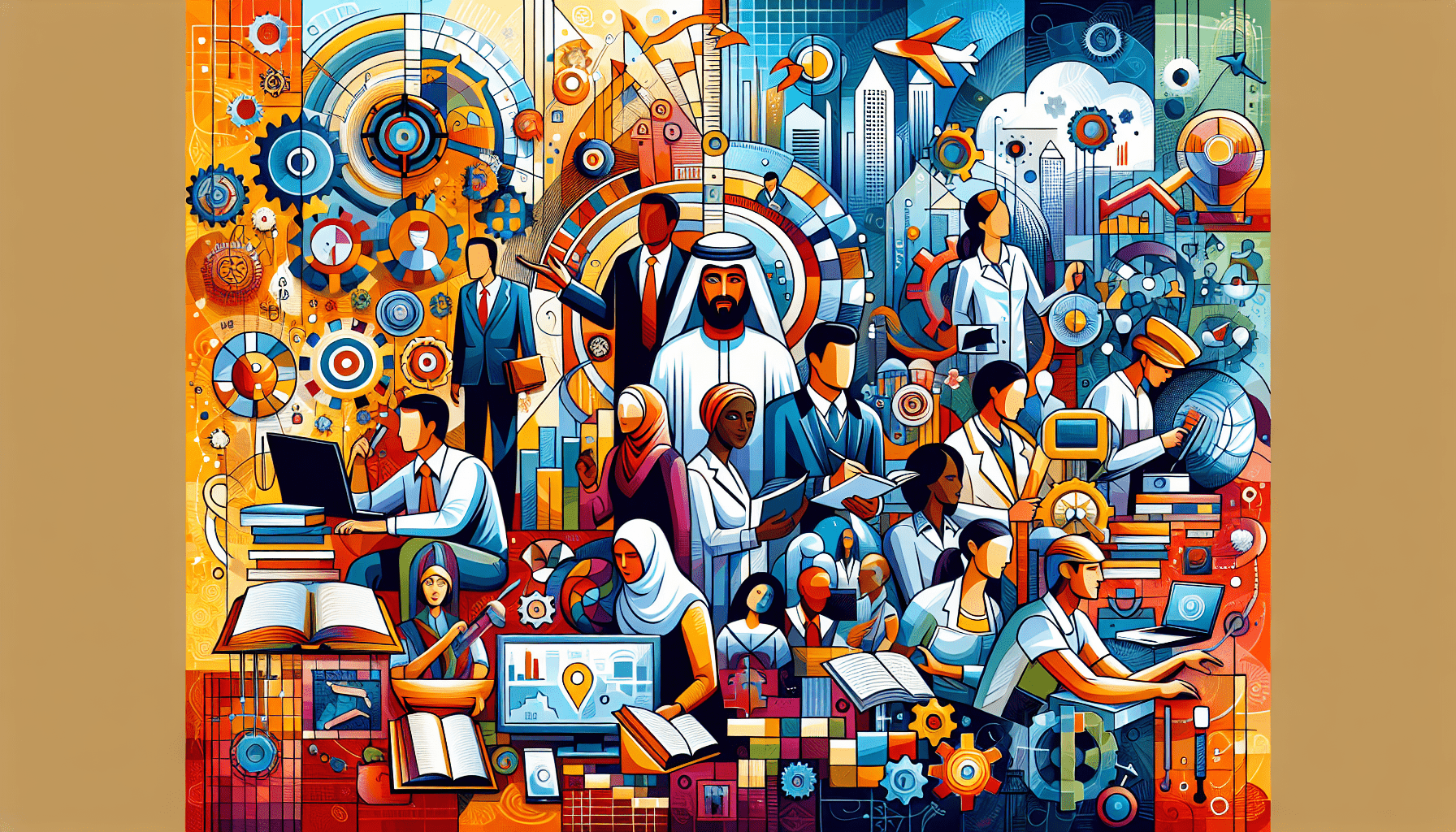
Step 1: Adopt AI-Driven Workforce Analytics
Step 2: Encourage Continuous Learning and Growth. With constant change around us, creating a culture of ongoing learning is key. AI tools help businesses create personalized learning paths based on each employee’s goals and needs.
This helps the workforce stay flexible and updated on industry trends and technologies, while increasing employee engagement and retention by supporting their development.
AI uses skills assessments and prediction tools to anticipate future skill needs, aiding workforce planning. Tools like Visier and Workday detect turnover risks and skill gaps. For instance, Unilever uses AI to monitor the skills of 300,000 employees in real time.
Step 2: Prioritize Continuous Learning
- Toolkit: Encouraging ongoing learning helps organizations keep their teams flexible and ready for change. Platforms like LinkedIn Learning or Coursera for Business provide employees with courses and training programs to meet their personal goals and career growth.
- This bridges skill gaps highlighted by AI while encouraging employees to own their growth, boosting job satisfaction and retention. Tailored learning paths enhance this process.
- Pro Tip: Using AI for personalization in the workplace isn’t just about training and development. It also involves customizing the work environment to match each employee’s unique style and preferences. AI insights help employers build a flexible and supportive office culture where everyone feels recognized and appreciated.
- This level of customization can lead to a more engaged workforce, as employees experience a sense of belonging and recognition for their distinct contributions. Allocate 5% of payroll to L&D (Google’s model).
Step 3: Foster an Inclusive Culture
- Framework: Building on this foundation requires actively promoting diversity and inclusion at work. Creating an inclusive culture needs deliberate actions and policies to ensure respect and participation for all.
- This includes providing diversity training, forming employee resource groups, and creating open channels for employees to share their thoughts and concerns.
- By embracing this approach, businesses can access diverse perspectives, spark innovation, and create a more engaging and cooperative workplace. Use “stay interviews” to address the needs of minority employees.
- Quote: To create a more inclusive workplace, organizations should identify and address unconscious biases in hiring and management. This requires regular training and workshops to help employees recognize and tackle these biases.
- Additionally, creating mentorship programs that pair minority employees with seasoned professionals can provide the guidance and support necessary for career advancement and personal growth within the company. Satya Nadella: “Inclusion is the innovation engine.”
Top Google Searches on 2025 Human Capital (With Answers)
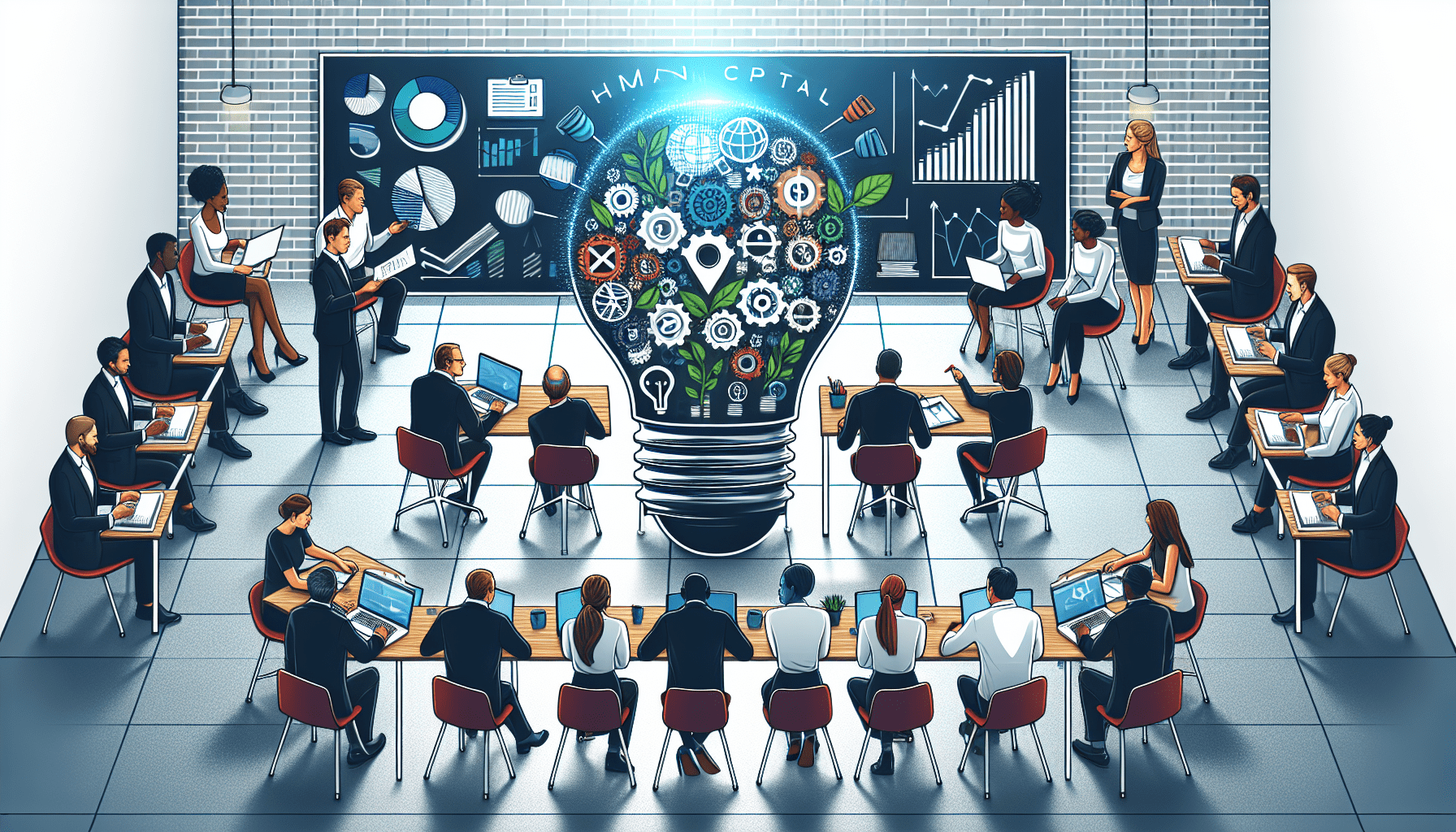
“How to improve employee retention in 2025?”
Answer: In 2025, companies can boost employee retention by using AI-powered personalization. Through advanced analytics, employers can design customized career growth plans that match employees’ goals and abilities.
This not only boosts morale by showing employees they are valued for their unique contributions but also fosters a more dynamic and adaptable workforce, ready to meet the ever-evolving demands of the modern business landscape. Leverage stay interviews, career pathing, and mental health benefits.
“Top Tools for Managing a Hybrid Workforce”
Answer: Successfully managing a hybrid workforce requires tools that enhance communication, collaboration, and productivity. Project management platforms, unified communication apps, and real-time performance tracking tools are essential for maintaining balance and efficiency between remote and on-site teams.
By implementing these tools, organizations can ensure that all team members, regardless of physical location, are aligned with company goals, fully engaged, and have access to the resources they need to excel in their roles. Microsoft Viva, Slack Canvas, and Asana.
“What is the ROI of DEI initiatives?”
Answer: Measuring the ROI of Diversity, Equity, and Inclusion (DEI) initiatives requires looking beyond financial outcomes. It involves evaluating the broader benefits, such as increased innovation, improved decision-making, and a reputation that helps attract and retain top talent.
Moreover, DEI programs contribute to higher employee satisfaction and retention rates, reducing the costs associated with turnover and rehiring. By leveraging advanced analytics and employee feedback tools, organizations can quantify these benefits and make a compelling case for the ongoing investment in DEI efforts. For every 10% increase in diversity, EBIT rises 0.8% (McKinsey).
Case Studies: Pioneers in Human Capital Innovation
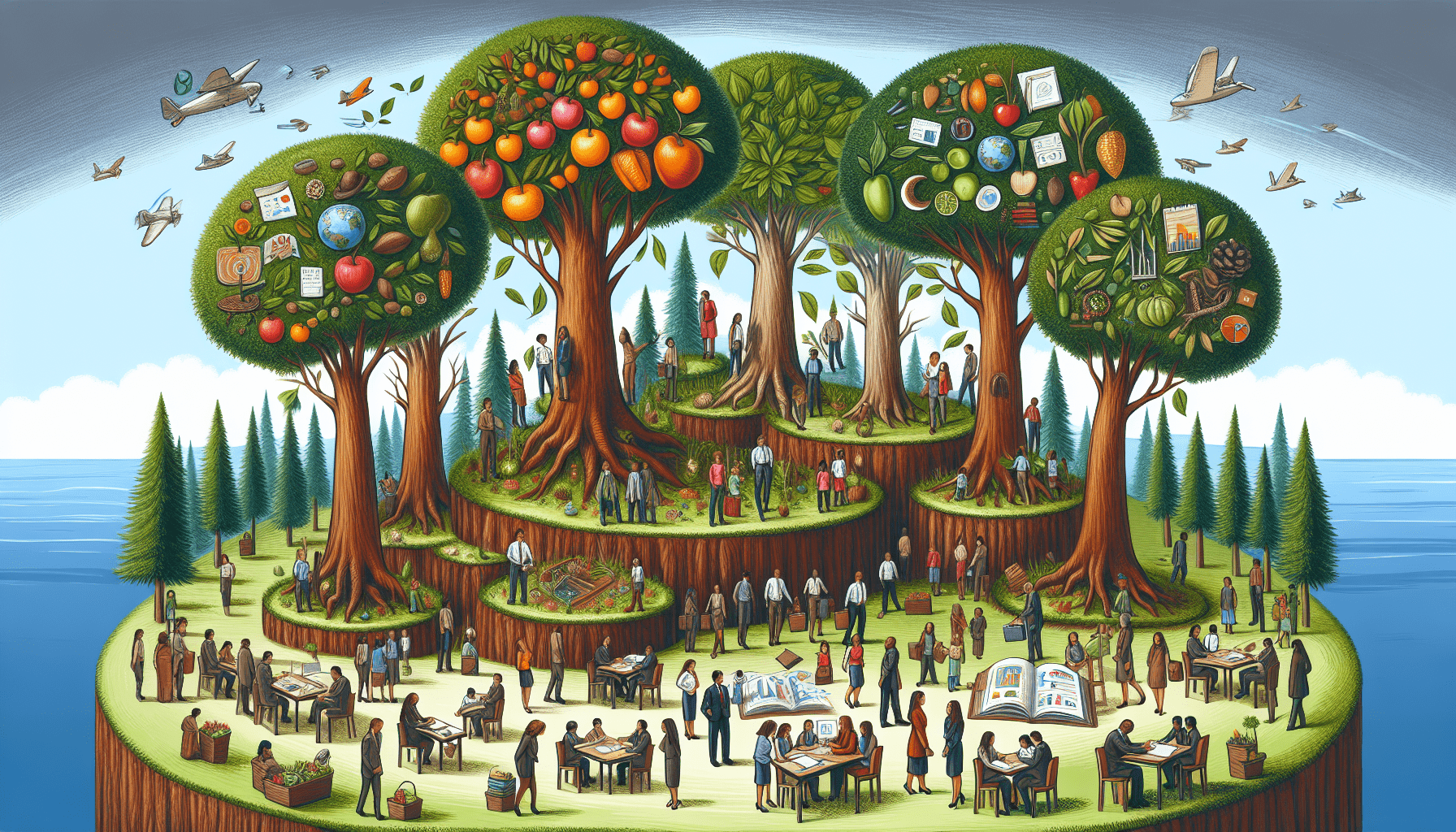
- Accenture: Accenture has long been at the forefront of human capital innovation, recognizing the intrinsic value of a diverse workforce. By implementing a comprehensive DEI strategy, they have fostered a more inclusive work environment seen substantial business benefits.
- Their commitment to DEI is reflected in their hiring practices, promotion pathways, and extensive training programs that aim to eliminate unconscious bias and empower underrepresented groups, leading to a richer pool of talent and ideas that drive company growth and innovation. Cut attrition by 11% using AI for personalized career coaching.
- Patagonia: Patagonia goes beyond its environmental advocacy by focusing on personalized workforce development. Using AI-driven tools for career coaching, they create a supportive environment that helps employees grow by recognizing their unique strengths and goals.
- This strategy has improved employee satisfaction and significantly lowered turnover rates, showing the real impact of personalized AI solutions in building a loyal and happy team. Achieved 100% retention for parents through on-site childcare and flexible schedules.
5 Actionable Tips to Avoid 2025 Mistakes
Tip 1: Leverage AI for Smarter Hiring. Use AI tools to analyze data and identify candidates with the highest potential. Predictive analytics can help you make better hiring choices as 2025 approaches.
This strategy saves time and resources while fostering a stronger, more adaptable workforce ready for changing business needs. Review your DEI metrics every quarter.
🚀 Tip 2: Leverage AI for more than hiring—use it to enhance employee development and retention. AI can study performance data and learning styles to design custom training plans that help employees grow.
This personalized approach to professional development fosters a culture of continuous learning, demonstrates a company’s commitment to its employees’ success, leading to higher job satisfaction and lower turnover rates. Offer “Flex Fridays” to combat burnout.
🚀 Tip 3: To enhance the employee experience, consider leveraging AI-driven platforms to tailor learning paths and career development programs to individual needs and aspirations. By analyzing data on employees’ past educational experiences, job performance, and engagement levels, these intelligent systems can recommend personalized courses, workshops, and mentorship opportunities.
This simplifies professional growth while making employees feel valued and understood, boosting their sense of belonging and motivation to succeed. Leverage predictive analytics for succession planning.
🚀 Tip 4: Leveraging AI-driven predictive analytics can significantly enhance succession planning by identifying potential leadership gaps before they become critical issues. By analyzing data patterns and employee performance metrics, AI can forecast future talent needs and pinpoint employees with the skills and potential to fill key roles.
This proactive approach prepares organizations for smooth transitions and motivates employees by showing them a clear path for advancement, aligning their personal career goals with the company’s strategic objectives. Gamify recruitment with VR office tours.
🚀 Tip 5: Improve the candidate experience with AI. Use applicant data to personalize messages and make interactions more engaging and relevant.
This level of customization can range from personalized emails that address candidates by name and reference specific skills, to AI-driven chatbots that offer real-time answers and guidance based on the candidate’s profile and interests.
Such attention to detail streamlines the hiring process, helps build a strong employer brand that resonates with top talent. Partner with edtech platforms for upskilling.
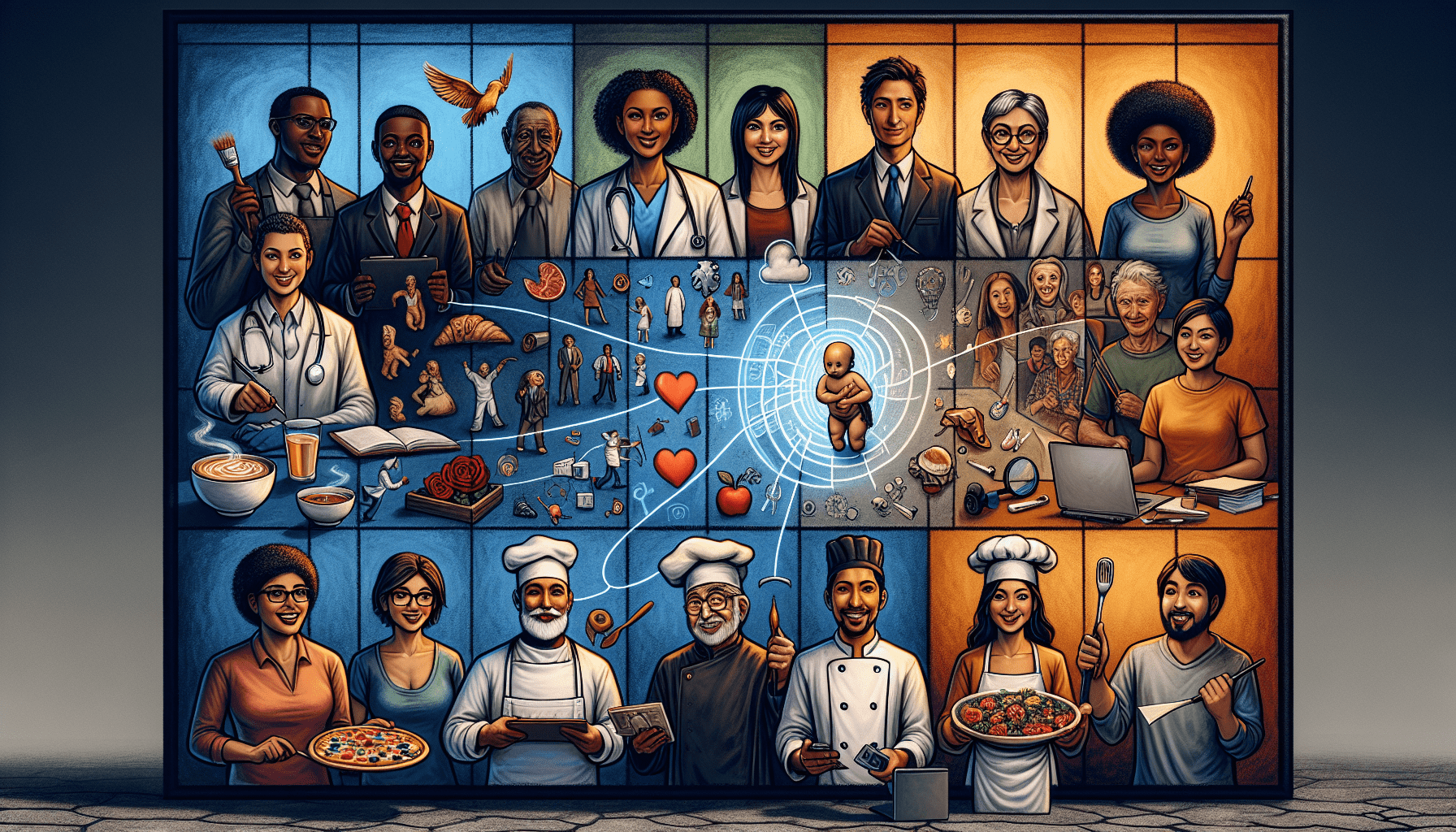
FAQs: Your Human Capital Questions Answered
Q: What is human capital management?
A: Human capital management (HCM) is a strategy businesses use to maximize employee value. It includes processes and tools for hiring, managing, developing, and improving the workforce.
HCM focuses on every stage of the employee journey, from hiring and onboarding to growth and retention, ensuring that employees play a key role in a company’s success and competitiveness. It includes strategies to improve recruitment, employee development, and retention.
Q: How can AI reduce employee turnover?
A: AI can significantly reduce employee turnover by providing insights into employee behavior and predicting potential dissatisfaction before it leads to resignation. By analyzing data points such as engagement levels, performance metrics, and feedback, AI tools can identify patterns that may indicate an employee is at risk of leaving.
With this knowledge, managers can tackle issues early, provide focused support or growth opportunities, and tailor the work experience to match each employee’s needs and goals. This approach boosts job satisfaction and loyalty by identifying attrition risks and offering customized solutions.
Q: Why is DEI important for innovation?
A: DEI matters for innovation because it brings perspectives that fuel creativity and fresh ideas. Diverse teams challenge assumptions and find better solutions by combining unique experiences and viewpoints.
Moreover, inclusive environments encourage participation and empower individuals to share their unique insights, which can lead to the discovery of untapped markets and the development of products and services that resonate with a broader audience.
By promoting a culture of DEI, organizations unlock a wider range of ideas and perspectives, for thriving in today’s fast-paced, competitive world. Diverse teams break echo chambers, boosting revenue by 19% (BCG).
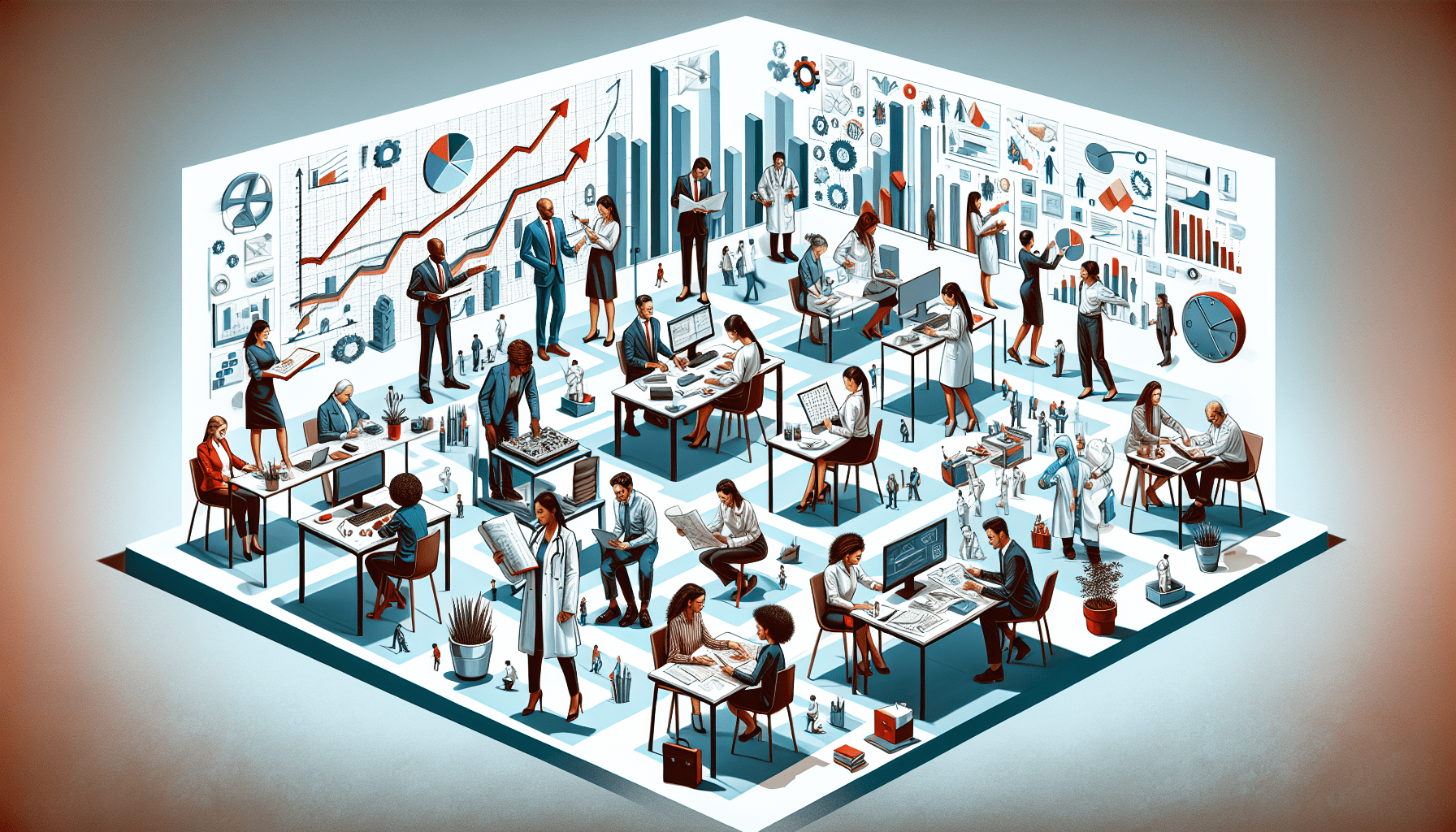
Conclusion: Act Now or Fall Behind
Embracing AI personalization is not just a forward-thinking strategy; it’s an imperative for those who wish to remain relevant and competitive. By leveraging the power of artificial intelligence to tailor experiences, products, and services to individual preferences, companies can significantly enhance customer satisfaction and loyalty.
Moreover, AI-driven personalization fosters an environment of inclusivity, ensuring that offerings resonate with a diverse customer base and reflect the nuances of a global market.
As such, organizations that fail to adopt AI personalization may miss out on growth opportunities and risk alienating a progressively diverse and tech-savvy consumer demographic. The 2025 workforce demands agility, empathy, and innovation. Avoid these mistakes by:
1: Understanding the nuances of customer behavior and preferences. AI personalization allows businesses to analyze vast amounts of data and deliver tailored experiences to individual users, fostering a sense of uniqueness and value.
By leveraging machine learning algorithms, companies can predict future behaviors and preferences, ensuring that every interaction is relevant and engaging.
Personalization boosts customer satisfaction, builds brand loyalty, and encourages repeat business—key factors for long-term success in a competitive market. Adopting hybrid work technology.
2: To effectively implement AI personalization, businesses must leverage sophisticated algorithms and machine learning techniques that analyze vast amounts of data to predict customer behavior.
AI studies customer journeys and interactions to provide tailored recommendations, content, and offers in real-time.
This adaptable approach enhances customer experiences, simplifies marketing by targeting engaged audiences, and promotes mental well-being.
3: AI personalization uses machine learning to predict what customers want. This helps businesses meet needs faster, showing care and boosting loyalty.
AI-driven personalization engines excel at analyzing extensive datasets to uncover patterns and trends, empowering businesses to adapt their strategies to meet the shifting needs of their target audiences. This capability helps organizations maintain a competitive edge in a dynamic market. Additionally, prioritizing continuous learning ensures sustained growth and innovation.
Call to Action: Unlock the power of AI personalization by integrating it into your customer engagement tools today.
This approach allows them to provide personalized content, product suggestions, and services that connect with individuals. It improves the customer experience, builds brand loyalty, and boosts the chances of repeat purchases.
As AI continues to evolve, the sophistication of personalization will only grow, making it an indispensable tool for any forward-thinking enterprise. Audit your human capital strategy today. Share your insights in the comments—what’s your biggest 2025 challenge?


